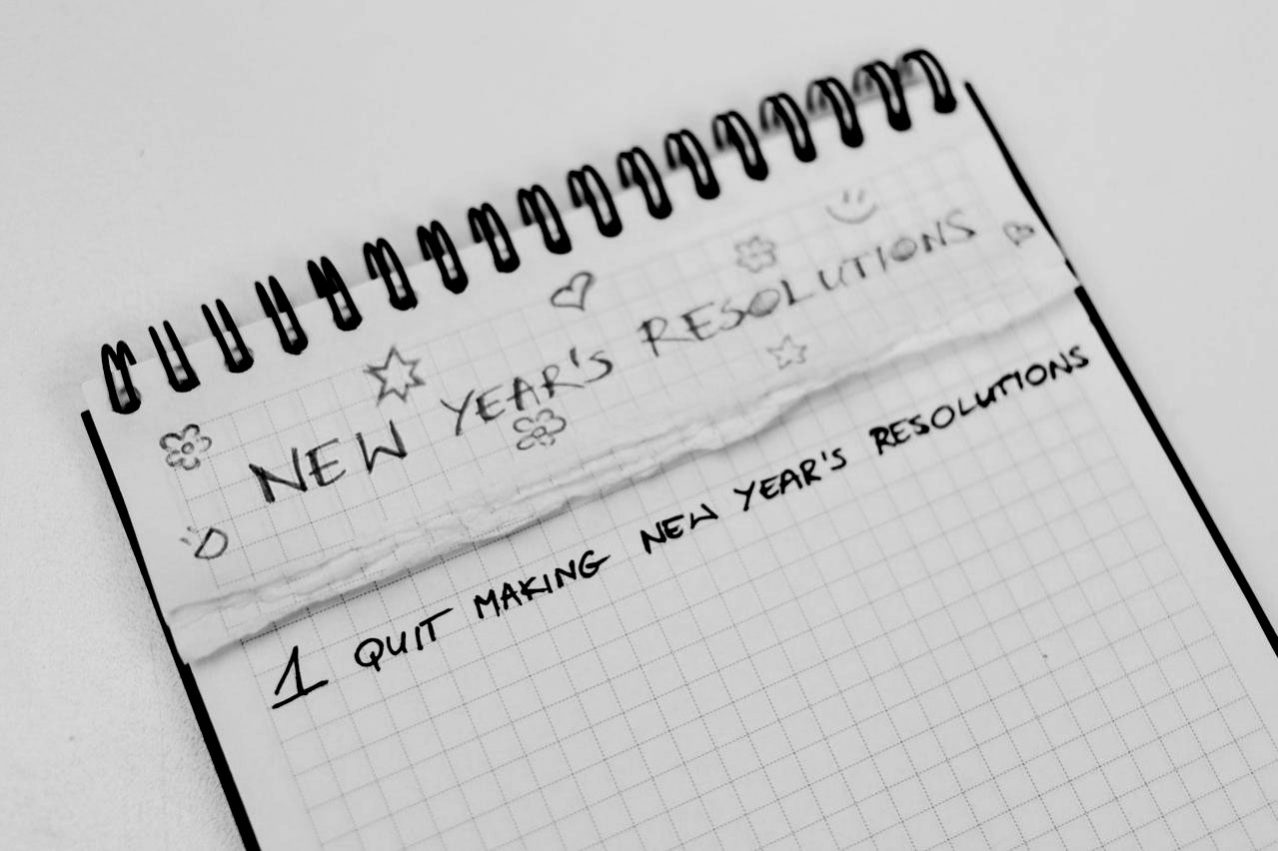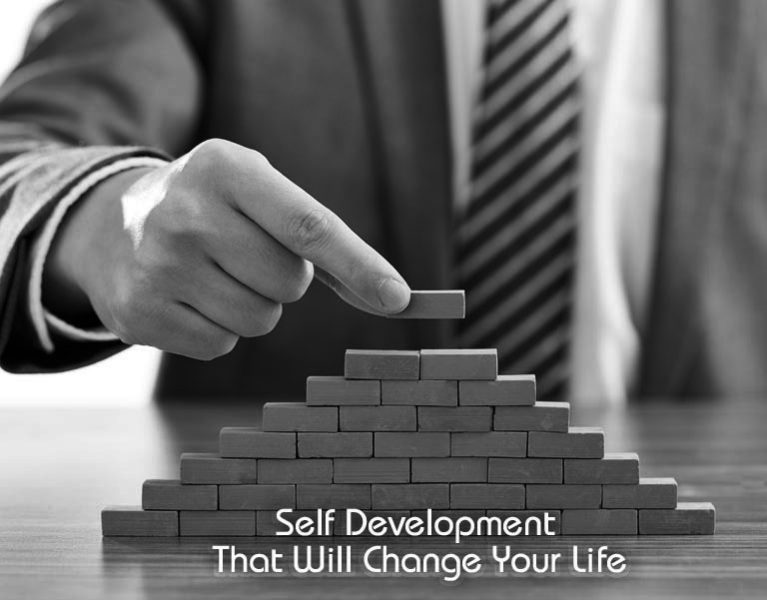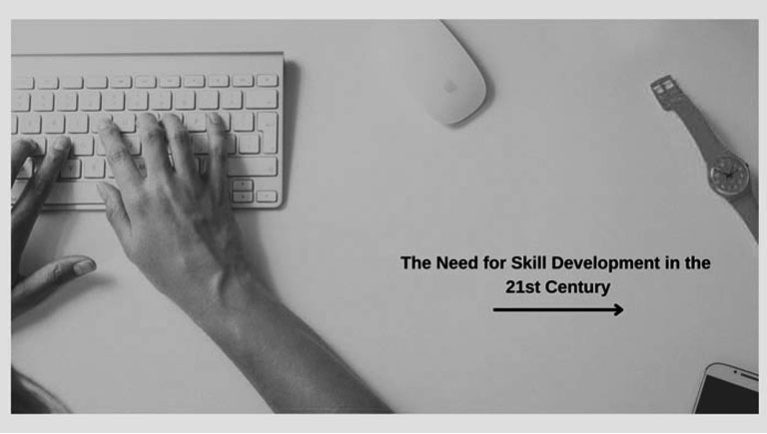
Professional Career Development
Our education system expects the youth to make decisions about their career very early in life.

New Year’s is the time when most of us reflect on the previous year!
People all around the globe will make resolutions to save more money, stop smoking, spend more time with family, and, most importantly, stick to a regular fitness programme.
Have you ever pondered why we set New Year’s Resolutions or where this custom came from?
This blog article will explain the origins of making New Year’s Goals, what research says about the success and failure of such resolutions, and how to create resolutions that stick!
Let me start with a Roman custom dating back to 153 BC.
Janus, the Roman God, is commemorated in the month of January.
Janus had two faces, one facing backward and the other ahead, allowing him to see back on the past as well as forward into the future. As a result, the end of the year became a symbolic moment to let go of the errors of the previous year and begin over.
As a result, the idea of a New Year’s Resolution was created!
New Year’s resolutions are common; approximately 67 percent of individuals globally set them.
I Googled New Year Resolutions and received 159 million results in 0.65 seconds.
A series of experiments performed at the University of Scranton, however, yielded some contradictory results. Over a two-year period, the researchers tracked 200 individuals who set New Year’s goals. Seventy-seven percent of those polled were able to stick to their goals for one week. This dropped to 30% after three months and 19% after six months. When researchers followed up two years later, just 8% of those who had set a goal had achieved it.
So, why do we fail to keep our New Year’s resolutions? Is it a lack of willpower, a lack of resources, or maybe our objectives are not our goals at all, but are set to please a loved one?
Continue reading to learn why New Year’s Resolutions fail and how to succeed!
You concentrate on WHAT rather than WHY! – Most of us establish objectives based on what needs to be done rather than why it has to be done. For example, if you want to lose 10 kg and your exercise routine fails after three weeks, it is because your goal is not aligned with your purpose; you do not know why you want to lose weight; is it because your physical well-being is important for your family, or you want to look good, or maybe you want to wear clothes that you have always wanted to wear! If your reason for setting objectives is unclear, motivating yourself to achieve those goals will always be difficult.
Thus, don’t blame your willpower; rather, it’s a lack of harmony between your New Year’s Resolution and your purpose.
Tip 1 – Align WHAT you want to do with WHY you want to accomplish it.
You are preoccupied with the OUTCOME rather than the PROCESS! – Have you ever thought about the two friends who set the identical objective of winning a marathon and waited at the starting line for the gun to go off, but there was only one winner? The difference was not in their objective, which was the same, but in the method of achieving that goal.
The process is made up of all the little, trivial actions that you perform on a regular basis, which when combined provide a large outcome.
In order to get the desired outcome, we often outperform the process or system. As a result, understanding the process is critical for goal achievement success.
Tip 2 – Knowing “HOW” is essential for achieving “WHAT.”
You attempt to alter the Result without changing the IDENTITY – If your aim is to stop smoking but you are not willing to change your identity, the road to achieving the outcome will be lengthy and difficult, similar to putting the cart before the horse.
If you are a smoker attempting to stop smoking, achieving your objective will be tough as long as you believe, “I am a smoker attempting to quit smoking,” since you are attempting to alter the result without changing your identity.
When you start believing in yourself and saying, “I am a non-smoker,” you will achieve your objective faster and more sustainably, and you will love both the process and the outcome.
So, in order to achieve your New Year’s Resolution, concentrate not only on the result, which answers “what,” but also on the process, which answers “how.”
Tip 3: Begin with self-belief in “WHO” you want to be.
8 percent of individuals who achieve their New Year Resolutions do so by starting with the inside out model of change, which includes understanding the identity they want to build, the goal of establishing that identity, the method they will use to develop that identity, and the result as a by-product.
According to James Dixon, if you concentrate on the outcome, you will not change, but if you focus on the process, the outcome will be yours!
Until then, Happy Pledge-ing!
The Changes is an Organization Development Consulting firm that helps corporates, campuses and individuals to achieve business, functional and personal goals.
We assist professionals and students by designing and delivering learning programs to equip them with the skills that are vital for success in the New World.
Sonia is an internationally certified L&D specialist & soft skills coach. She has been leading behavioural transformations through designing and delivering learning programs.

Our education system expects the youth to make decisions about their career very early in life.

Our mind is our biggest asset, but also our biggest obstacle.

Skill development is no more a matter of choice, it is the core of survival.